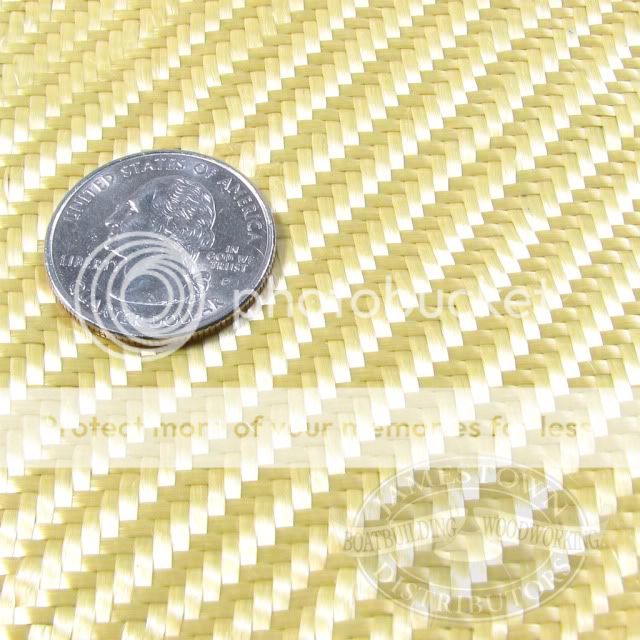has anyone used Kevlar cloth insted of Carbon cloth in side their hulls?
The look could be killer!

The look could be killer!














 . Does anyone know the answer to this? Your laminating resins are formulated to work with the binder in the reinforcement. I have no idea if the cheaper epoxies sold under hobby use will work with the binder. Sure, it will set up and get hard, but it is not properly bonded together. This is complicated chemistry that I do not understand, that is for the manufacturers to know. Glass mats should never be used with epoxy, incompatible binders.
. Does anyone know the answer to this? Your laminating resins are formulated to work with the binder in the reinforcement. I have no idea if the cheaper epoxies sold under hobby use will work with the binder. Sure, it will set up and get hard, but it is not properly bonded together. This is complicated chemistry that I do not understand, that is for the manufacturers to know. Glass mats should never be used with epoxy, incompatible binders. 
 If you can find a deal, go for it. But two major things. First, do NOT use too much resin. And use a good resin. Two places that I know of and have used, is US composites and Fibreglast, both great places with good products. Second, do not discount polyester and Kevlar. Polyester on a polyester hull with carbon mat and Kevlar cloth can work fantastic. I am looking at making a little mystic cat at 20” this winter, I think I will start watching Ebay for some bargains.
If you can find a deal, go for it. But two major things. First, do NOT use too much resin. And use a good resin. Two places that I know of and have used, is US composites and Fibreglast, both great places with good products. Second, do not discount polyester and Kevlar. Polyester on a polyester hull with carbon mat and Kevlar cloth can work fantastic. I am looking at making a little mystic cat at 20” this winter, I think I will start watching Ebay for some bargains. 
Comment